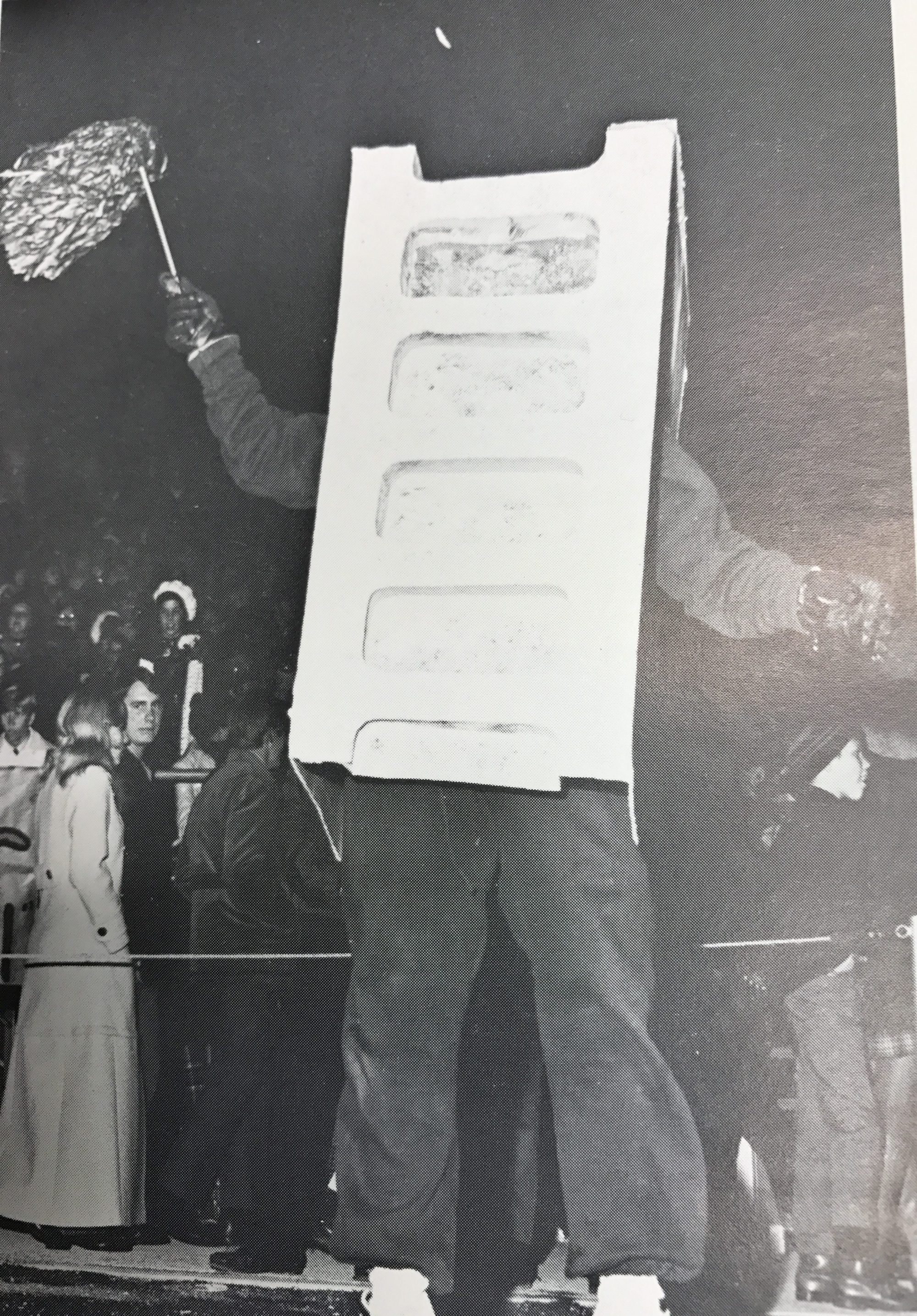The SAFV is the American football league in Switzerland. SAFV stands for Schweizerische American Football Verband – so as you can see SAFV (or Sahhhvv) is more convenient than the entire tag.
There are several age levels of play under the umbrella of the SAFV. Think this way first – there is tackle football and flag football. Flag football is divided into U13, U16 and Ultimate, Tackle football has a Senior Division (20+ years), Junior U19, Junior U16. I am not ignoring the women here – I think they can play in the U19’s with the men. There is one full team of women that I am aware of – the Calanda Broncos.
****I was privileged to work with the Calanda Bronco ladies at the Growth of the Game camp in Lucerne last October. They have some very good players and I am anxious to follow their progress this season.
Nationalliga A (The National A League) is the premier division of American football in Switzerland. It consists of six teams with the season running from late March until the end of June. The playoffs follow with the championship game “Swiss Bowl” as the culminating game.
In the A-League the six teams are the Calanda Broncos, Winterthur Warriors, Basel Gladiators, Lucerne Lions, Geneva Seahawks and the Bern Grizzles. These teams engage in a home and home series with each member team. The top four teams qualify for the playoffs and the two finalists play in the “Swiss” Bowl.
The winner of the “Swiss Bowl” then qualifies for the European Football League. This is a loosely grouped championship of Europe that is extremely difficult to follow for a novice like me. Actually there seems to be quite a bit of politics involved in my eyes.
There are also six teams in the SAFV LNB (B-league) which include the Thun Tigers, Argovia Pirates, Zurich Renegades, Bienna Jets, LUCAF Owls, and the St. Gallen Bears.
These teams play the same type of home and home series which goes on weekly. The champion of the B-League will face the worst team in the A-League in a relegation like European soccer does.
The winner of that game will move into the upper division and the loser becomes part of the B-League. It all proves for a very interesting three months.
There is also a C-League made up of a varying number of teams. The Fribourg Cardinals, Geneva Whoppers, Lugano Rebels, Midland Bouncers, SFU Phenix, AFC Lumberjacks, Schaffhausen Sharks and the Morges Bandits. (Note, many of these teams are from the French Cantons due to the lesser population numbers.)
To add to your confusion – each A and B league team has a U-19 team which will play the same schedule as their Senior team. For example if the Basel Gladiators are playing the Winterthur Warriors in a senior game that means the U-19 Gladiators are facing the Warriors.
(Note some C-League teams do not field the U-19 team and that is why the C-League designation.)
The A and B league teams both will play 10 games with no cross overs. You stay within your A or B league designation.
The Calanda Broncos have been the most dominating team in the league winning 8 of the last 10 championships.
The Broncos are a very good team and very well coached. However, anytime a team wins that many games that many times there are other factors. Calanda has a very strong support base (think finances) which allows them to attract successful foreign players.
Each European league has varying degrees of allowing foreign players on the teams. Players from countries that play football in high school are designated one way (A) , and players from non high school playing teams are designated in another.
Depending on which league in Europe you play in – the rules allowing the number of players with (A) designation on the field are limited. In other words your league may allow you to have two (A) players on a roster, but only one might be allowed on the field at one time.
But, your league might not have a limit on foreign players from countries where they do not play football. (US and Canada, some schools in Mexico are basically the only schools considered (A).
So you might have a solid roster of citizen players accentuated by (A) players and other visiting players. This is beneficial for your team.
Teams with money and access to players from a foreign -B- country (especially if it near the border of Switzerland – Germany or France are the big ones!) have a definite advantage because many of these guys have spent time playing in the states. Obviously this helps them a alot

